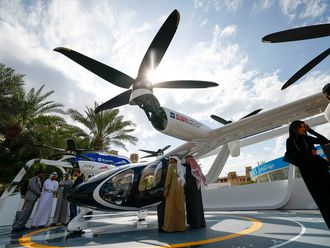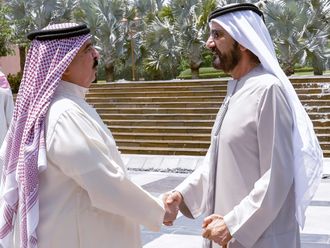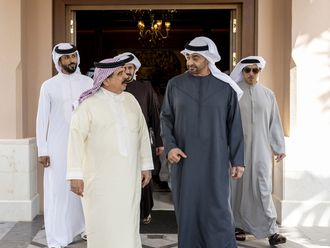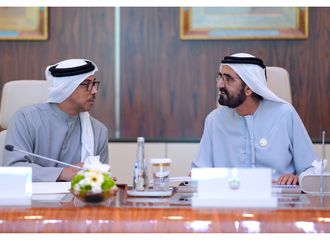Abu Dhabi: The UAE Space Agency announced today the launch of Planet Mars competition within the UAE to support scientific research, innovation, and space-related projects.
The competition invites candidates in the UAE to present innovative designs for virtual homes to accommodate the future population of Mars.
The designs must be compatible with the harsh climate of the Red Planet, where gravity is 38 per cent of Earth replete with low temperatures, strong winds, and volatile seasons.
The designs submitted for the competition should take into account a home with a capacity for two people with 500 square metres or more, and should provide practical and adequate living conditions such as the ability to work and do various recreational activities. The homes should be built using materials available on planet Mars, or for example, through recycling the spacecraft that transported the astronauts there.
The jury set up by the agency will choose the most creative design reflecting a high level of imagination by the owner, and not just a professional graphic design. The winner will get his design built, which will be exhibited during the Think Science awards ceremony in March next year.
Dr Khalifa Al Rumaithi, chairman of the UAE Space Agency, said in a statement on Wednesday that the “UAE Space Agency seeks to attract and train UAE nationals to become leaders in space science and technology. It also supports scientific research efforts as part of a comprehensive strategic plan aimed at the development of the national space sector in the UAE. This contest falls directly under these support efforts.”
Dr Mohammad Nasser Al Ahbabi, director-general of the UAE Space Agency, said: “The competition encourages conducting deep research on the natural and climatic conditions of the Red Planet, and thus allows participants to expand their horizons and unleash their imaginations on the natural resources that may be available on Mars, and which can be developed on planet Earth to make up for the living requirements on the planet that has captured the attention of scientists over the past years.”












